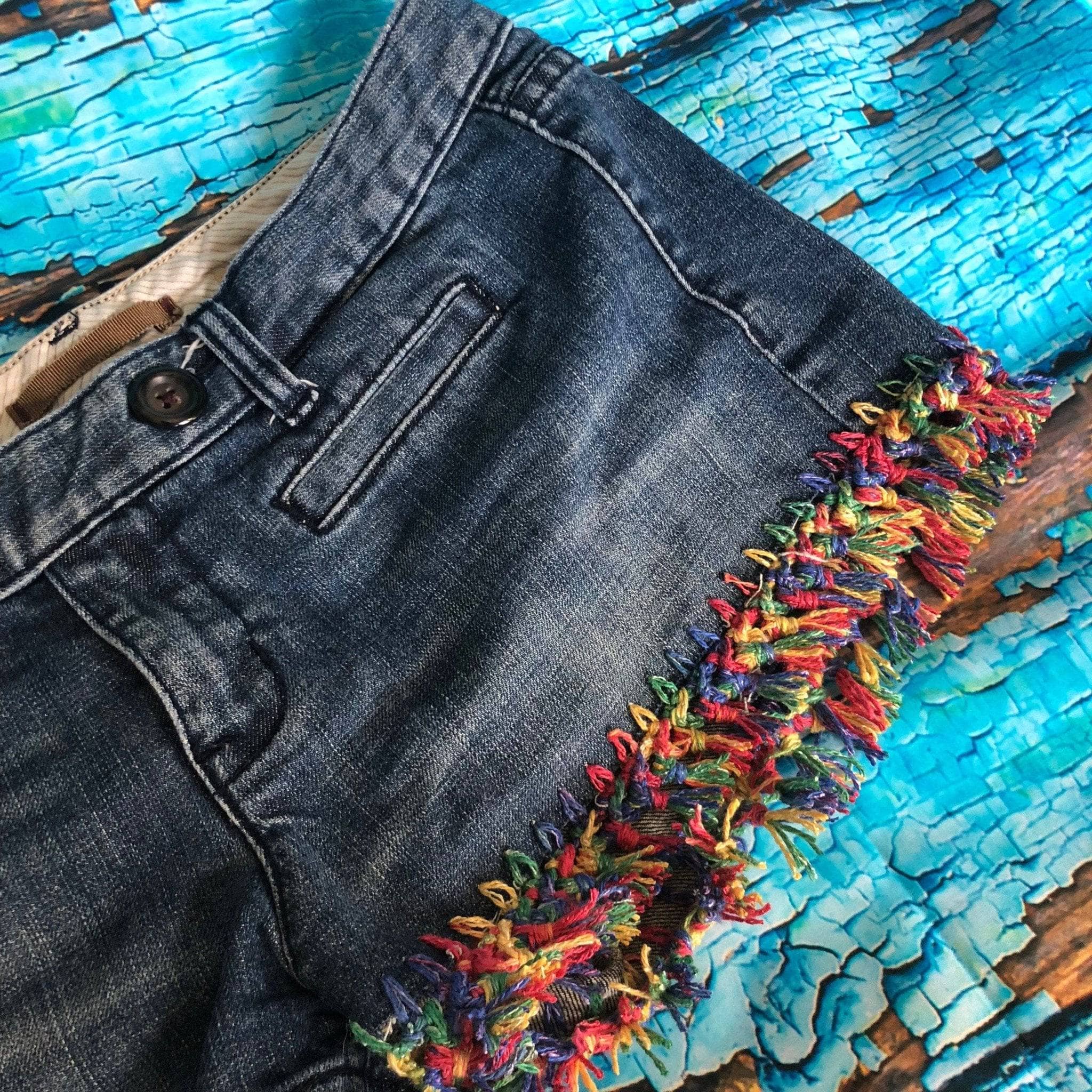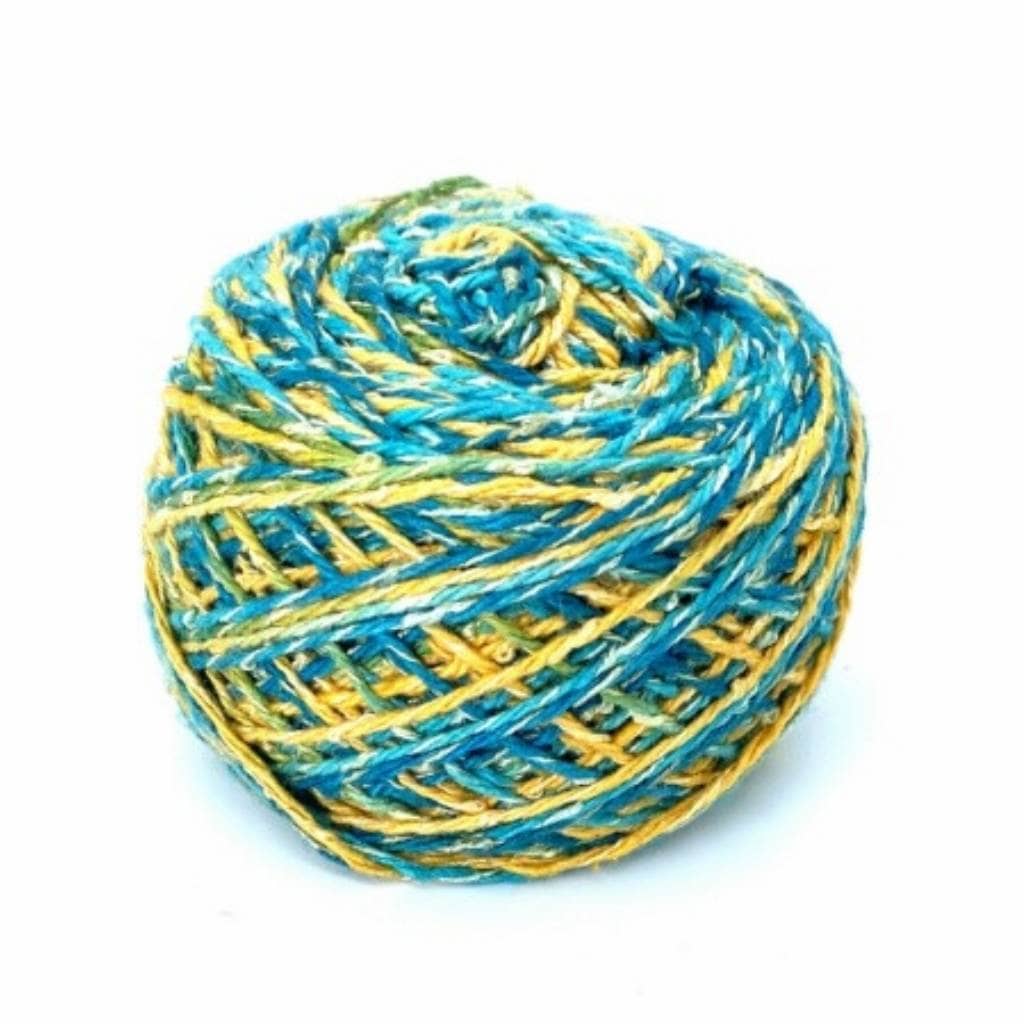“Easy to DIY with minimal tools
Do you wish you could make simple repairs and renovations without breaking the bank or needing an entire toolbox full of specialized equipment? Look no further! In this article, we’ll show you how to tackle a variety of DIY projects with minimal tools, perfect for beginners or those on a budget.

Introduction to DIY
Before we dive into the projects, let’s talk about what DIY (do-it-yourself) means. DIY is a approach to home improvement that emphasizes self-sufficiency and creativity. It’s about taking matters into your own hands and making things happen without relying on professionals or expensive equipment. With a little bit of knowledge and some basic tools, you can accomplish a wide range of tasks and projects around the house.
Minimal Tools Needed
One of the biggest obstacles to DIY is the perception that you need a lot of specialized tools to get started. While it’s true that some projects may require specific equipment, many can be completed with just a few basic tools. Here are some essentials to get you started:
- Hammer
- Tape measure
- Level
- Pliers
- Screwdriver (flathead and Phillips)
- Drill (optional)
- Utility knife
- Wrench (adjustable)

These tools are versatile and can be used for a wide range of projects. Of course, as you become more comfortable with DIY, you may want to add more tools to your collection, but these basics will get you started.

Project 1: Hanging a Picture Frame
Let’s start with a simple project that requires minimal tools: hanging a picture frame. All you need is:
- A hammer
- A nail
- A picture frame
- A level

Instructions:
- Choose the spot where you want to hang the frame.
- Hold the frame against the wall and use a level to make sure it’s straight.
- Mark the spot where you want to put the nail with a pencil.
- Hammer the nail into the wall at the marked spot.
- Hang the frame on the nail.
That’s it! This project is a great way to practice using a hammer and level, and it’s a simple way to add some personality to your walls.
Project 2: Building a Simple Shelf
Next up, let’s build a simple shelf using just a few basic tools:
- A drill (optional)
- A screwdriver
- A hammer
- A tape measure
- A level
- Wood (for the shelf and brackets)
Instructions:
- Cut the wood to the desired length for the shelf and brackets.
- Assemble the shelf by screwing the brackets to the shelf.
- Use a level to make sure the shelf is straight.
- Attach the shelf to the wall using screws or nails.
- Add any finishing touches, such as sanding or painting.
This project is a great way to practice measuring and assembling parts, and it’s a functional way to add storage to your home.
Project 3: Fixing a Leaky Faucet
Fixing a leaky faucet is a common DIY project that requires minimal tools:
- A wrench (adjustable)
- A screwdriver
- A needle-nose pliers
- Teflon tape
Instructions:
- Shut off the water supply to the faucet.
- Disassemble the faucet to locate the source of the leak.
- Use a wrench to loosen any corroded or stuck parts.
- Replace any worn-out or damaged parts, such as O-rings or gaskets.
- Reassemble the faucet and turn the water supply back on.
- Check for leaks by running the water and checking for drips.
This project is a great way to practice troubleshooting and problem-solving, and it’s a cost-effective way to fix a common household problem.
Project 4: Creating a Planter Box
Let’s get creative with a planter box project that requires minimal tools:
- A drill (optional)
- A screwdriver
- A hammer
- A tape measure
- A level
- Wood (for the box and bottom)
- Soil and plants
Instructions:
- Cut the wood to the desired length for the box and bottom.
- Assemble the box by screwing the sides to the bottom.
- Add a layer of soil and plants to the box.
- Attach the box to a wall or place it on a table or shelf.
- Add any finishing touches, such as decorative rocks or a trellis.
This project is a great way to practice measuring and assembling parts, and it’s a fun way to add some greenery to your home.
Project 5: Installing a Light Fixture
Last but not least, let’s tackle a project that requires a bit more expertise: installing a light fixture. You’ll need:
- A screwdriver
- A wrench (adjustable)
- A needle-nose pliers
- A voltage tester (optional)
Instructions:
- Shut off the power to the circuit at the breaker box.
- Remove the old fixture and any associated wiring.
- Install the new fixture according to the manufacturer’s instructions.
- Connect the wiring to the new fixture.
- Turn the power back on and test the fixture.
- Add any finishing touches, such as replacing the switch plate or adjusting the fixture’s position.
This project is a great way to practice working with electricity and following safety protocols, and it’s a functional way to update your home’s lighting.
Conclusion
DIY projects don’t have to be intimidating or expensive. With a few basic tools and some creativity, you can tackle a wide range of projects and improve your home without breaking the bank. Remember to always follow safety protocols and manufacturer’s instructions, and don’t be afraid to ask for help if you need it.
As you become more comfortable with DIY, you’ll find that it’s a fun and rewarding way to take control of your home and make it your own. Happy DIY-ing!
Tips and Tricks
Here are some additional tips and tricks to keep in mind as you start your DIY journey:
- Always read the instructions carefully before starting a project.
- Use protective gear, such as safety glasses and gloves, when working with power tools or sharp objects.
- Measure twice, cut once: double-check your measurements before cutting or drilling.
- Don’t be afraid to ask for help: consult online tutorials, YouTube videos, or friends and family members if you’re stuck.
- Keep a toolbox or storage bin organized: it’ll save you time and frustration in the long run.
- Practice, practice, practice: the more you DIY, the more confident you’ll become.
Common Mistakes to Avoid
Here are some common mistakes to avoid when starting your DIY journey:
- Not following safety protocols: always turn off the power, wear protective gear, and use caution when working with sharp objects or power tools.
- Not measuring carefully: double-check your measurements to avoid costly mistakes.
- Not using the right tools: make sure you have the right tools for the job to avoid damaging materials or injuring yourself.
- Not practicing patience: DIY projects can be time-consuming and frustrating, but taking your time and being patient will yield better results.
- Not seeking help when needed: don’t be afraid to ask for help or consult online resources if you’re stuck or unsure.
Future Projects
Now that you’ve tackled these beginner-friendly projects, it’s time to think about what’s next. Here are some future projects to consider:
- Building a deck or patio
- Installing new flooring
- Creating a home office or workspace
- Upgrading your kitchen or bathroom
- Building a treehouse or outdoor structure
Remember to always follow safety protocols and manufacturer’s instructions, and don’t be afraid to ask for help if you need it. Happy DIY-ing!
Appendix: Tools and Materials
Here’s a list of tools and materials you may need for the projects outlined in this article:
- Hammer
- Tape measure
- Level
- Pliers
- Screwdriver (flathead and Phillips)
- Drill (optional)
- Utility knife
- Wrench (adjustable)
- Wood (for shelves, planters, and other projects)
- Nails and screws
- Teflon tape
- Soil and plants
- Light fixtures and wiring
- Voltage tester (optional)
Remember to always follow safety protocols and manufacturer’s instructions when working with power tools or sharp objects. Happy DIY-ing!

0 comments:
Post a Comment